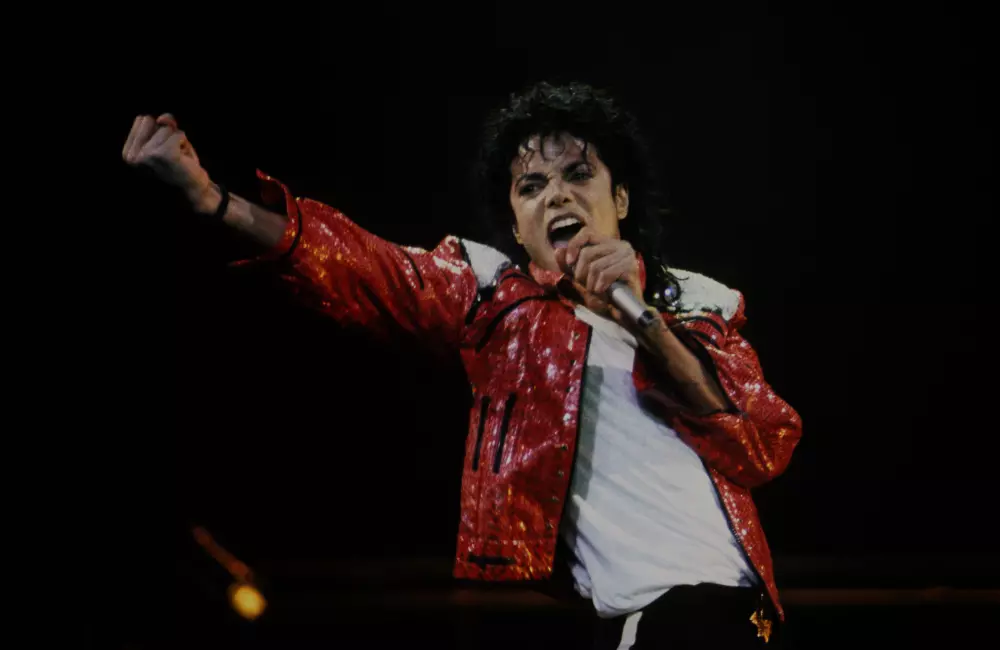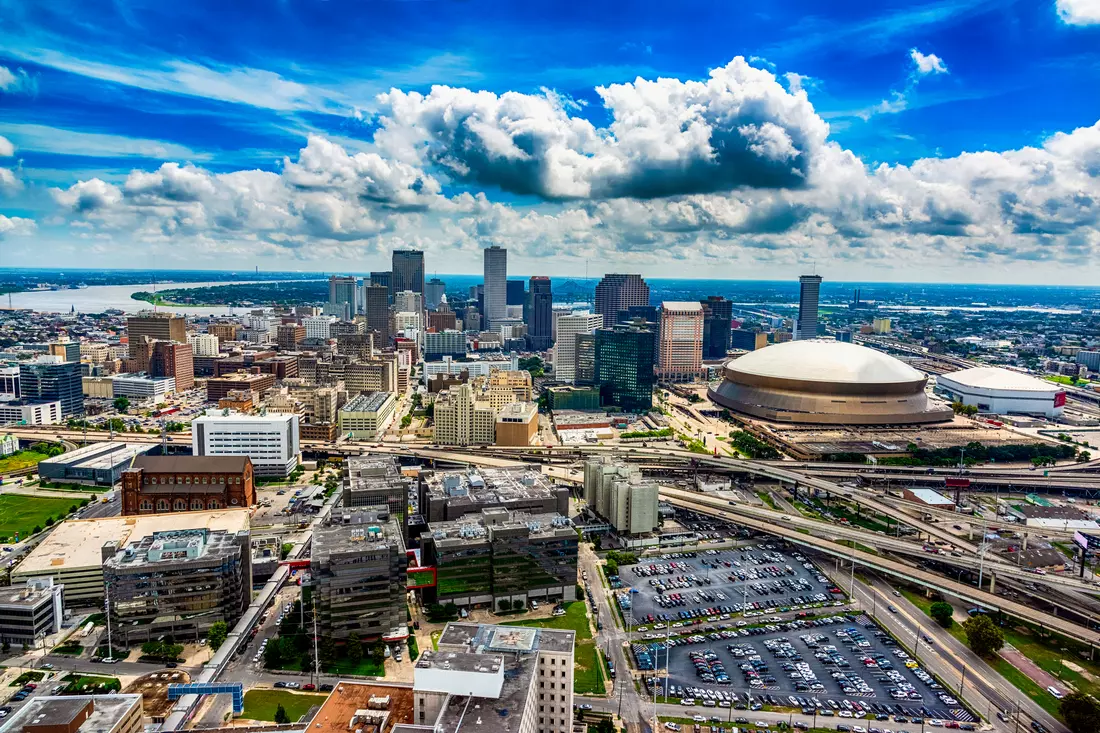If you've ever seen Americans with flags and faces painted in team colors shouting at screens or in stadiums, chances are it was an NFL game. The National Football League isn't just a sport; it's an entire machine that fills stadiums, breaks broadcast records, and influences advertising, cinema, and even fashion.
This article covers everything you need to know about the NFL: from its history and structure to the rules and how to attend a game yourself.
What is the NFL?
The NFL is the premier professional American football league in the USA. The abbreviation stands for National Football League. It's the largest sports organization, uniting 32 teams from across the country.
Each club represents a specific city or region. For example, the New York Giants play for New York, and the San Francisco 49ers for San Francisco. Despite its sporting focus, the NFL has long transcended the boundaries of a typical league — it has become an important part of American daily life and culture.
The NFL season is structured clearly. It's divided into regular season games and a series of elimination matches — the playoffs. The most important game of the season is considered the final — the Super Bowl. It's on this day that millions of people gather around screens, and tickets to the stadium cost more than for many concerts by global stars.
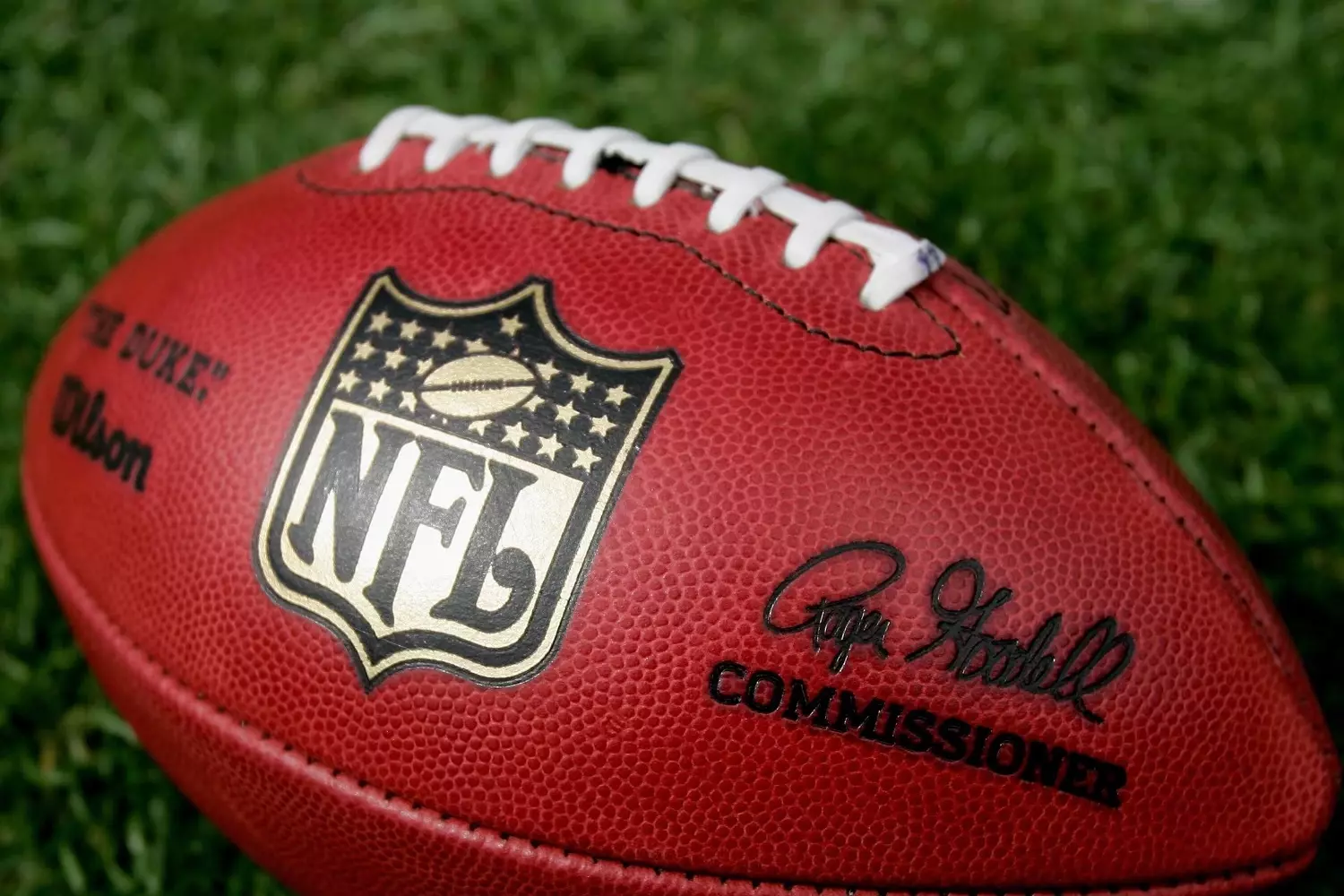
The format of the matches and the approach to organizing games noticeably differ from European sports. Every NFL game is a major event. Everything here operates on a schedule — from the start of the broadcast to the precise moment players take the field. Everything is taken into account – right down to the duration of commercial breaks.
The football itself might seem complex, especially to those accustomed to familiar "European" football (soccer). But the league's structure, its rules, and the logic of the tournaments are well thought out. This isn't a chaotic brawl on the field, but a clearly structured system where each team has its own objective and playing style.
The NFL is managed as a single organization. It sets the rules, monitors compliance with regulations, and organizes the entire season — from the draft of new players to the final game of the year. The money circulating in the league is in the billions of dollars, and contracts with television companies are drawn up for decades to come.
For many Americans, NFL games are a tradition. They watch matches every week, discuss players, gather with friends, wear jerseys of their favorite teams, and cheer until the last second. The league has firmly established its place in people's lives and only strengthens its position with each passing year.
A Brief History of the League
The history of the NFL began in the first half of the 20th century, when American football started to gain popularity in various parts of the USA. Before that, football in the country existed mainly at the college level. Professional teams existed, but they played irregularly and without an overall championship.
The Creation of the League
The National Football League was founded in 1920. Initially, it was called the American Professional Football Association. It consisted of only 10 teams from different cities, and they played primarily in the states of Ohio, Illinois, and Michigan. Just two years later, the organization changed its name to the NFL, as we know it today.
In its early years, the league lacked stability — teams appeared and disappeared, rules changed frequently, and public interest was inconsistent. The main competitors at the time were baseball and boxing, which attracted far more spectators.
Growth in Popularity and the First Stars
In the 1930s and 1940s, the league began to strengthen. Permanent teams emerged, interest in television broadcasts grew, and the rules became clearer and more exciting to watch. Some clubs that existed then still play in the NFL today — for example, the Chicago Bears and the Green Bay Packers.
In the 1950s, television became an important channel for promotion. People began watching games at home, and football became more accessible. This accelerated the league's growth — both financially and athletically.
The Merger with the AFL
By the early 1960s, the NFL had a serious competitor — the American Football League (AFL). Both organizations competed for players, fans, and media attention. The rivalry increased interest in the sport, but the market couldn't sustain two equal leagues simultaneously.
In 1966, a decision was made to merge. The process took several years, and by 1970, the NFL and AFL officially became a single league. This event completely changed the structure of American football. From that moment on, the league became what we know it as today — with conferences, divisions, and the Super Bowl as the main championship game.
The Era of Television and Expansion
The 1970s marked the beginning of an era of rapid growth. NFL games began to be broadcast nationwide, and stars, recognizable faces, and famous teams emerged. Stadiums expanded, player contracts increased, and public interest only grew stronger.
The league actively expanded — both in the number of teams and geographically. Some clubs relocated to other cities where there was a larger market and higher demand.
The Modern Era
Today, the NFL is not just a sport but also a huge commercial entity. All games are precisely scheduled, the season is divided into stages, and the final game — the Super Bowl — has become a separate cultural event watched even by those who don't follow the championship.
Despite criticism, rule changes, and scandals, the league remains one of the most influential sports organizations in the world.
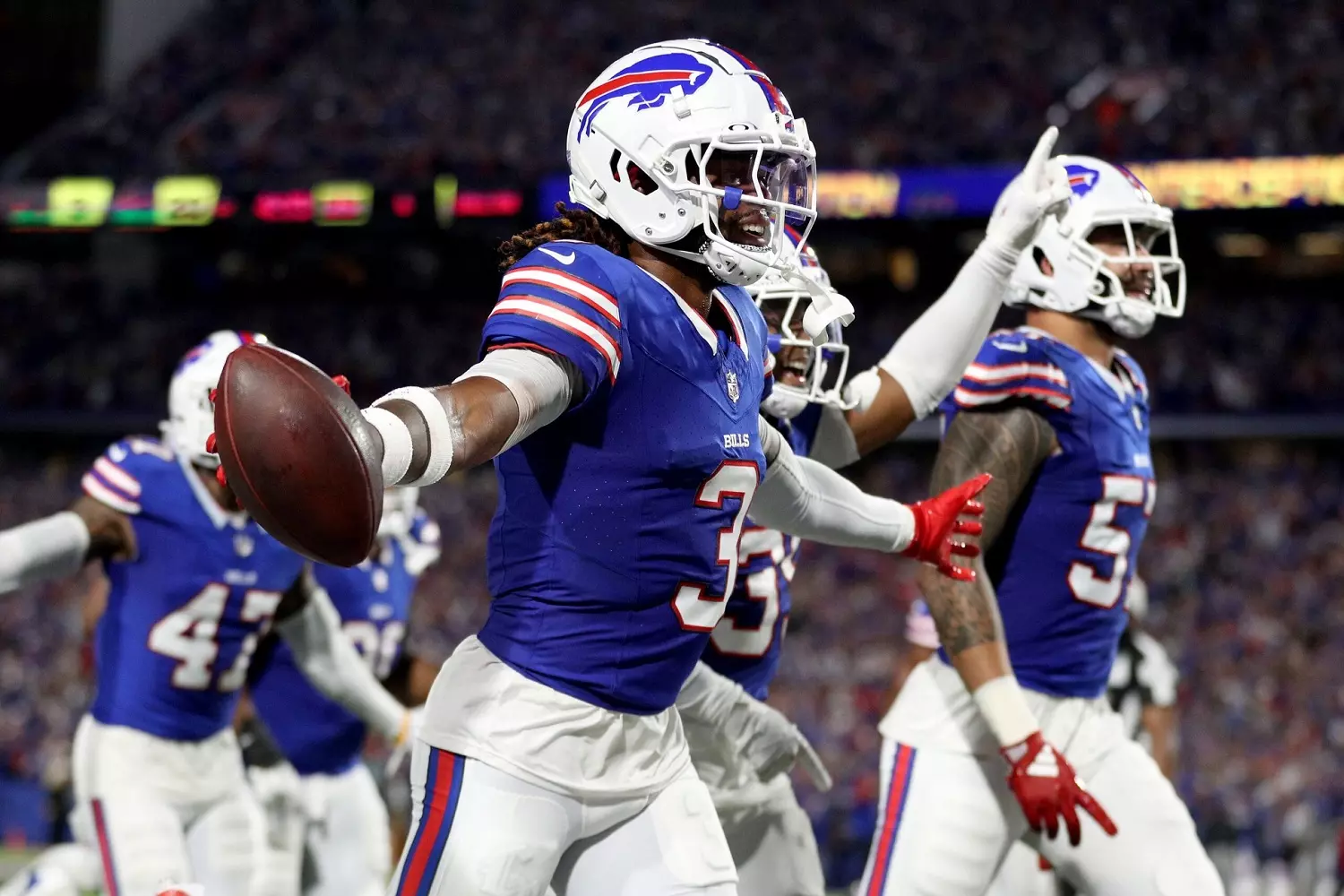
How the League is Structured
The structure of the NFL is a system where everything is strictly organized: from the number of teams to the game schedule and the path to the finals. Here's how it works:
Number of Teams
The NFL consists of 32 teams. Each represents one city or region, has its own logo, team colors, stadium, and a multi-million fan base.
Conferences and Divisions
All 32 teams are divided into two major conferences:
- NFC — National Football Conference.
- AFC — American Football Conference.
Each conference is made up of four divisions: North, South, East, and West. There are 4 teams in each division, resulting in 8 divisions across the entire league.
This system helps to effectively organize the game schedule and structure the tournament bracket.
Regular Season
The regular season runs from September to January. During this time, each team plays 17 games — both against opponents within their division and against teams from other divisions.
At the end of the season, a standings table is formed, showing who advances to the playoffs.
Playoffs
14 teams advance to the playoffs:
- 7 from each conference.
- 4 division winners.
- 3 teams with the best records that did not finish first in their divisions (wild card teams).
The playoffs follow a single-elimination system. Teams play one game; the loser is eliminated, and the winner advances. This continues until the final.
Super Bowl
The winners of the NFC and AFC meet in the final game of the season — the Super Bowl. This isn't just a sporting event but a true national holiday in the USA.
The team that wins the Super Bowl becomes the NFL champion.
Draft and Trades
Every year, a draft is held — a procedure where teams select new players from college. The team with the worst record from the previous season gets the first pick, to maintain a balance of power in the league.
Teams can also trade players with each other or sign free agents — those whose contracts have expired.
Strict Salary Cap
The NFL operates under a "salary cap" rule. This means that each team has a limited budget for player salaries. You can't simply buy up all the stars — you need to be able to build a balanced team.
All of this makes the NFL a clear and competitive league, where each season gives new teams a chance to break into the playoffs and surprise the fans.
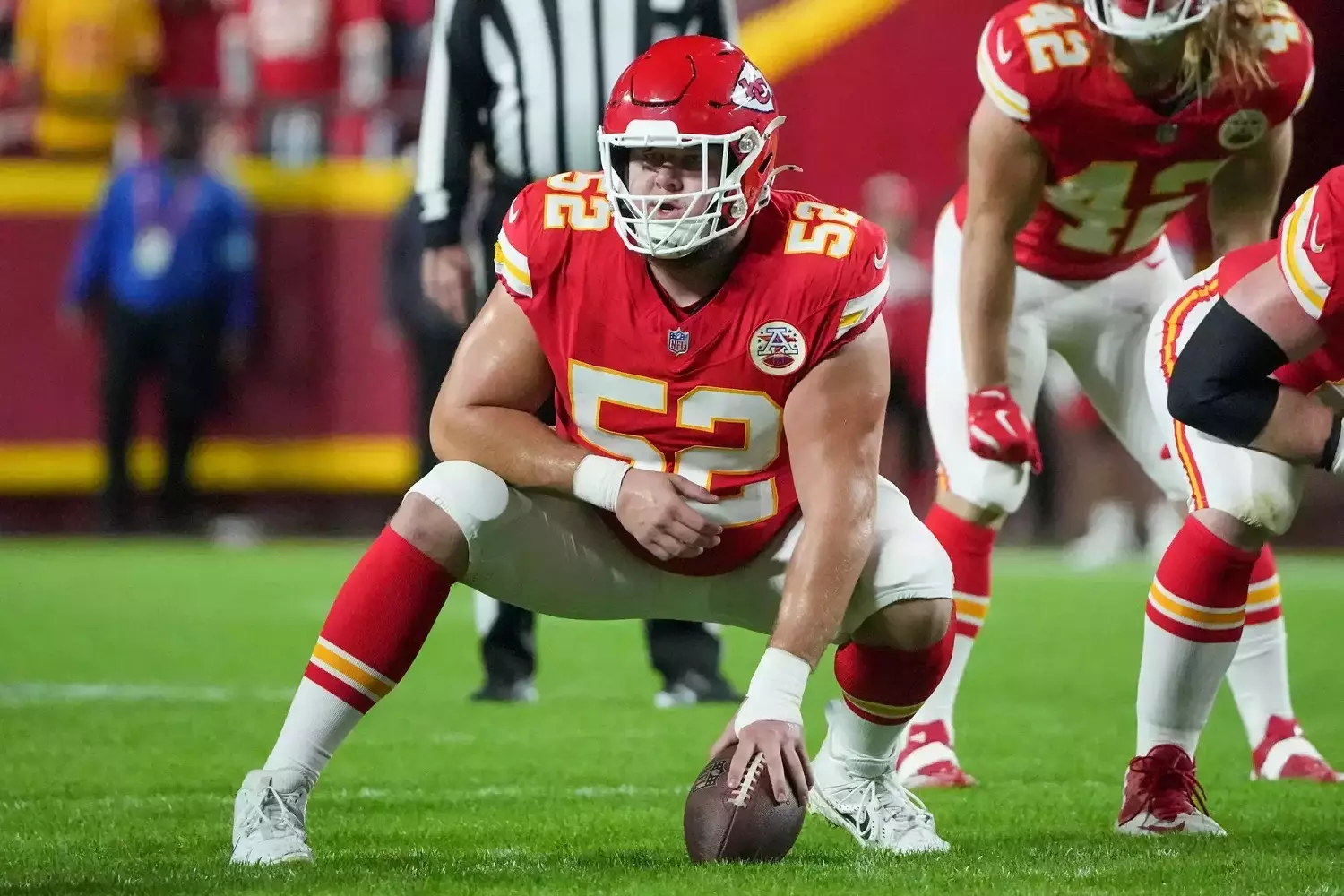
The Super Bowl — America's Biggest Sporting Event
The Super Bowl is the final game of the NFL season, where the champions of the two conferences, the AFC and NFC, face off. The winner of this game becomes the league champion. The match takes place once a year and always generates immense interest across the country.
- When It Takes Place
The Super Bowl is usually held on the first or second Sunday of February. The specific date is set well in advance and is known by everyone — from schoolchildren to heads of state. It's a truly national day for football. - Why It's So Popular
Tens of millions of people watch the Super Bowl. On game day, the streets in the USA are almost empty — families gather around screens, prepare snacks, wear jerseys of their favorite teams, and fully immerse themselves in the game. But the Super Bowl is more than just a match. A large-scale show is built around it: musical performances, ceremonies, expensive commercials, and a festive atmosphere in the stadium. In terms of scale, this event is comparable to the FIFA World Cup final or the Olympics. - Halftime Show
One of the main traditions of the Super Bowl has become the halftime show. Global stars take the stage: Michael Jackson, U2, Beyoncé, Rihanna, The Weeknd, Dr. Dre, and others have performed. It's a short but powerful show that even those who aren't interested in football watch. - Commercials During the Broadcast
During the Super Bowl, advertising time costs astronomical amounts of money — 30 seconds of airtime can cost tens of millions of dollars. Major companies create special commercials that are shown only on this day. Some of them go viral and are discussed for weeks. - Where the Game Takes Place
Each year, the Super Bowl is held in a new stadium — chosen in advance by the organizers. This could be Los Angeles, Miami, Phoenix, or another city with a large, modern stadium. The stadium transforms into an arena not only for the game but also for a huge show that is prepared over several months. - How to Attend the Super Bowl
Tickets for the Super Bowl are difficult to obtain — they sell out instantly, and prices on the secondary market can reach tens of thousands of dollars. Despite this, the match sells out every year. The opportunity to see the game live is considered something special.
The Super Bowl is the finale not only of the sports season but also of a huge cultural phenomenon. Even if you don't follow the entire league, almost everyone in the USA watches this particular game.
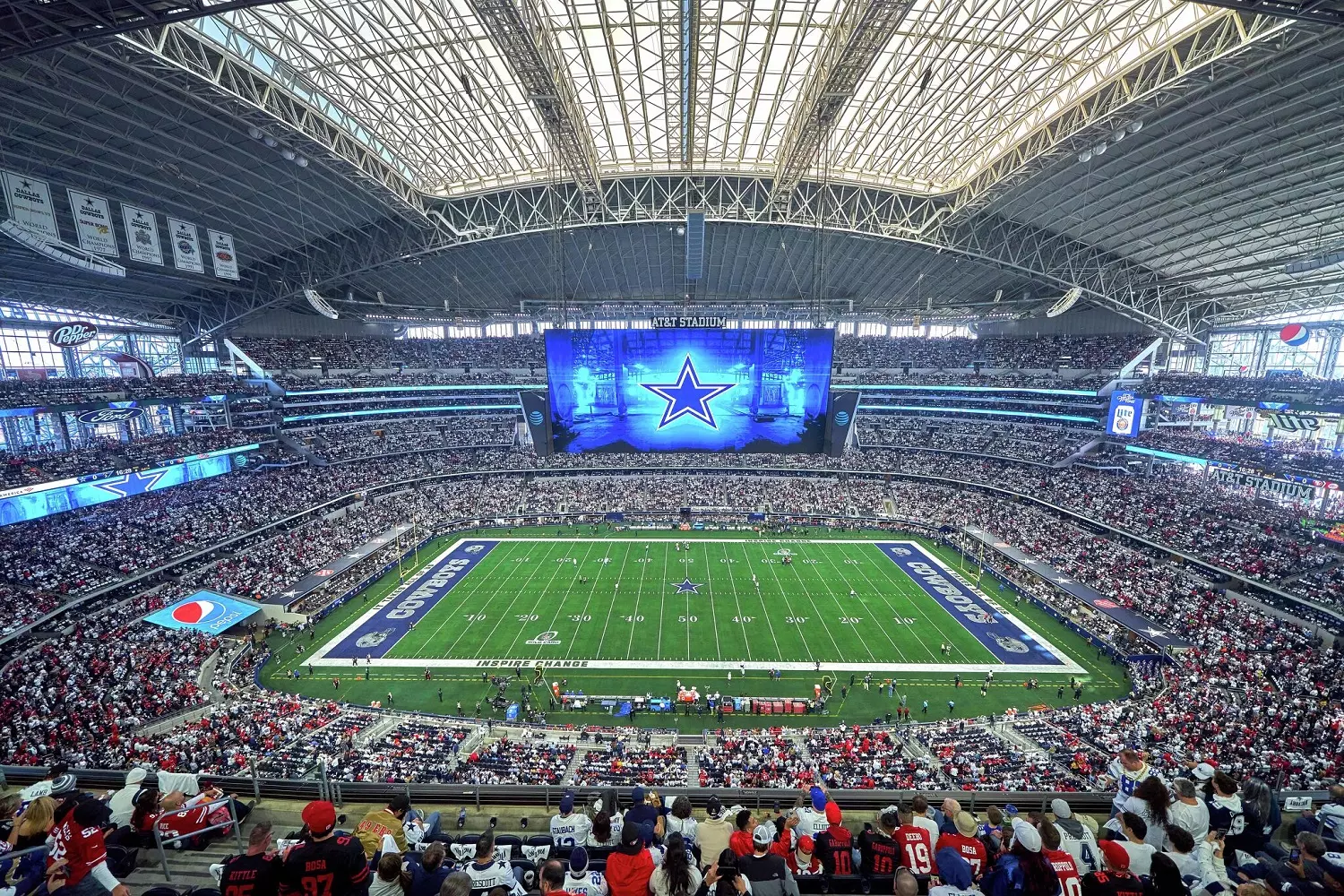
Game Rules — The Most Important Things Briefly
American football only seems complicated at first glance. If you understand the basic rules, everything becomes clear. Below are the fundamentals that will help you understand what's happening on the field.
How Many Players on the Field
There are 22 players on the field at the same time — 11 from each team. Eleven on offense, eleven on defense. However, every time possession of the ball changes, the lineup on the field changes completely — meaning there are special players for offense and others for defense.
The Main Goal of the Game
A team must get the ball into the opponent's end zone. This is called a touchdown — it's worth 6 points. After a touchdown, you can get another 1 or 2 extra points, depending on how the attempt is played.
How They Advance Down the Field
A team gets four attempts (downs) to advance 10 yards (approximately 9 meters). If they succeed, they get another four downs, and so on, until the team reaches the opponent's end zone. If they fail to gain the required distance, possession of the ball goes to the other team.
The player with the ball can run forward themselves or throw a pass. The offense tries to advance, the defense tries to stop them — the objective is quite simple.
How Points Are Scored
- Touchdown (6 points): When the ball is carried into the end zone.
- Extra Point (1 point): An additional kick through the uprights after a touchdown.
- Two-Point Conversion (2 points): The team attempts to run or pass the ball into the end zone again instead of kicking.
- Field Goal (3 points): A kick through the uprights during play.
- Safety (2 points): The defense tackles an offensive player with the ball in their own end zone.
How Long the Game Lasts
A game consists of 4 quarters, each lasting 15 minutes. There's a long break between the second and third quarters. This is when the famous halftime show takes place, if it's the Super Bowl.
In practice, the game lasts longer because the clock frequently stops: when a player goes down, a penalty occurs, a pass goes out of bounds, or other situations arise.
What is a Flag and Penalties
If someone breaks the rules, the referee throws a yellow flag onto the field. This signals that the play has stopped. The penalty is reviewed, and a punishment may be imposed — for example, moving the penalized team back several yards.
What's the Difference Between Offense and Defense
- Offense: The part of the team that has possession of the ball and tries to advance down the field.
- Defense: Tries to prevent the opponent from advancing, attempts to take the ball away, or stop the player with the ball.
There's also a third part of the team — special teams. They come onto the field during kicks — for kickoffs, punts, and field goal attempts.
These basics help you understand what's happening on the field, even if you've never watched such games before. Everything else is nuance that you can pick up over time.
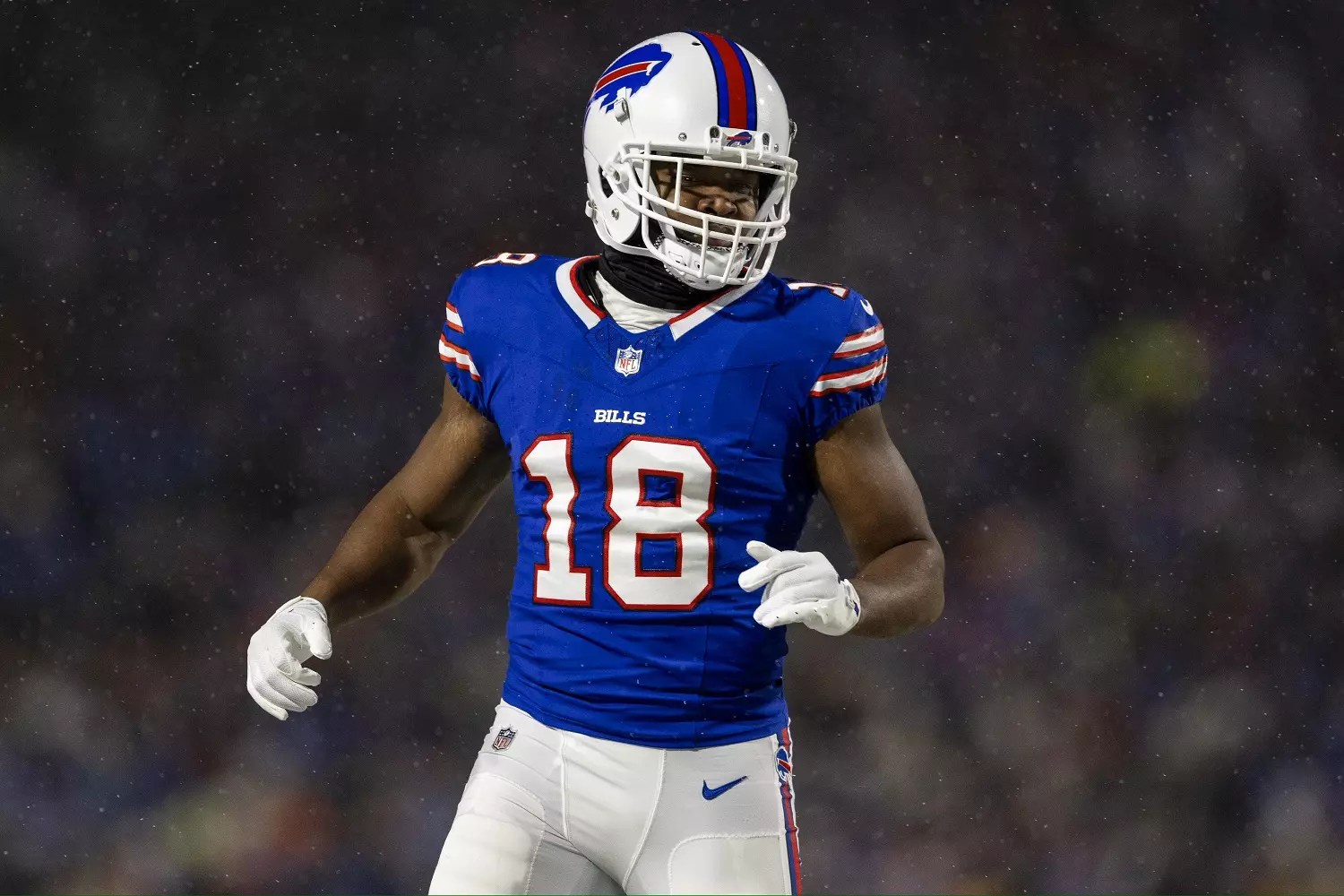
Popular NFL Teams and Stars
The NFL has 32 teams, and each has its own traditions, fans, and successful seasons. But there are clubs that even those who have never watched football know. They are mentioned more often, reach the finals more frequently, and become champions more often.
Well-Known NFL Teams
- New England Patriots
A team from Boston. They became famous for a long series of victories under the leadership of coach Bill Belichick and quarterback Tom Brady. Since the early 2000s, the Patriots have won the Super Bowl six times. They are often called one of the most successful teams in history. - Dallas Cowboys
The Cowboys have a huge fan base, and the team is called "America's Team." Despite their last titles being in the 1990s, the club remains one of the most popular. - Pittsburgh Steelers
Six Super Bowl victories, a strong defense, and a long football culture. The team is respected for its stability and loyalty to traditions. - San Francisco 49ers
A strong team from California. They dominated the league in the 1980s and 1990s. Legendary Joe Montana played for them then. Now, the 49ers are again among the contenders for the title almost every season. - Kansas City Chiefs
A team that has been particularly prominent in recent years. Since quarterback Patrick Mahomes became their leader, the Chiefs have regularly reached the playoffs and have already won several titles.
NFL Stars
- Tom Brady
Considered the greatest quarterback of all time. He won 7 Super Bowls — 6 with the Patriots and 1 with the Buccaneers. He retired in 2023. A symbol of an era. - Patrick Mahomes
The main star of the modern era. Quarterback for the Kansas City Chiefs. Quick decisions, accurate passes, unconventional plays — with him, the team is always among the favorites. - Aaron Rodgers
For a long time, he was the leader of the Green Bay Packers. One of the most accurate and intelligent quarterbacks of his generation. In recent seasons, he has played for the New York Jets. - Travis Kelce
Tight end for the Kansas City Chiefs. One of the best at his position in the history of the league. Outside of football, he has become known to the general public through his personal life and participation in shows. - Justin Jefferson
A young wide receiver from the Minnesota Vikings. He quickly became one of the main stars thanks to impressive catches and a bright playing style.
The NFL knows how to turn players into true superstars. They are recognized on the streets, invited to commercials and talk shows. But at the same time, each of them remains part of a team game — and that is always the most important thing in American football.
Donald Trump: The Story of Ascending to Global Leadership and Influence
The NFL Through the Eyes of a Tourist — What's Worth Seeing
If you're traveling through the USA, an NFL game can be a highlight of your trip. Even those who aren't interested in football often want to attend a game just for the atmosphere. And it's truly worth it.
Stadiums
In many cities, stadiums are true landmarks. Modern, huge, with screens, comfortable stands, and many places to grab a bite to eat. In New York, Los Angeles, Las Vegas, Miami, and Dallas, stadiums look like separate worlds. Just being there is already impressive.
Game Atmosphere
A special mood reigns at the games. People arrive early, grill meat in the parking lots, socialize, and exchange souvenirs. Fans sing the national anthem, discuss lineups, and follow every movement of the ball. Even if you don't understand the rules, you can still feel the scale.
Tickets
Ticket prices depend on the match. The most affordable are for regular season games. You can buy them through official websites or verified services. If you want to see the Super Bowl live — be prepared to spend money, but the impressions will last a lifetime.
The NFL is more than just a sports league. It's a part of American culture, a big show, a business, and a source of real emotions. Even if you don't follow every game, you can understand the scale by attending a game at least once.
American football is an opportunity to see another side of the USA: where sports, spectacle, and traditions intertwine in one event. For a tourist, it's another way to experience the country and see it not as a collection of attractions, but as a living and dynamic environment.




























